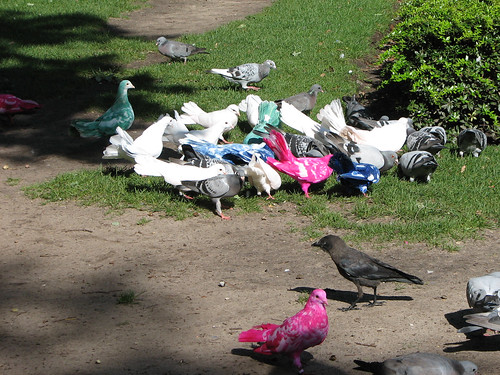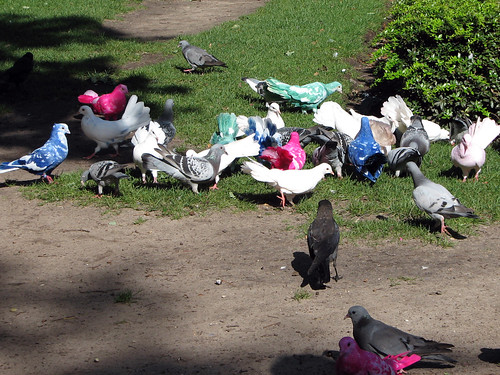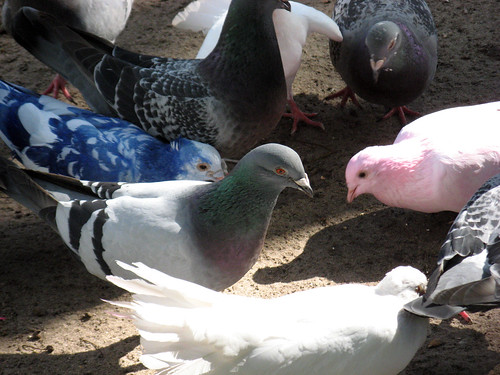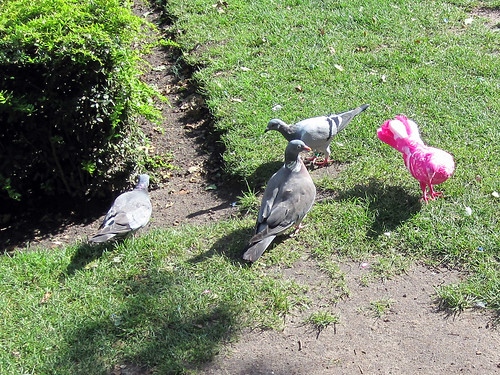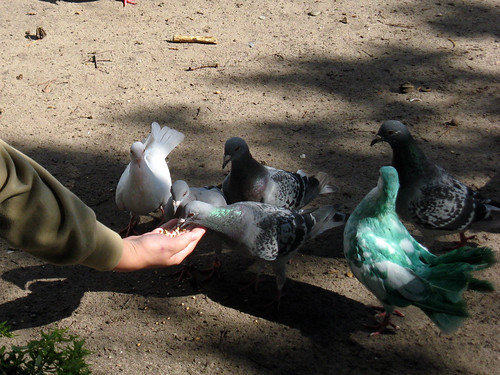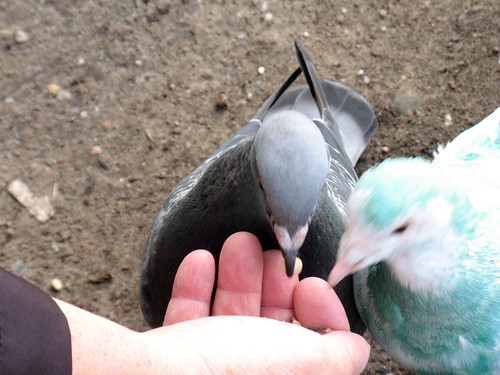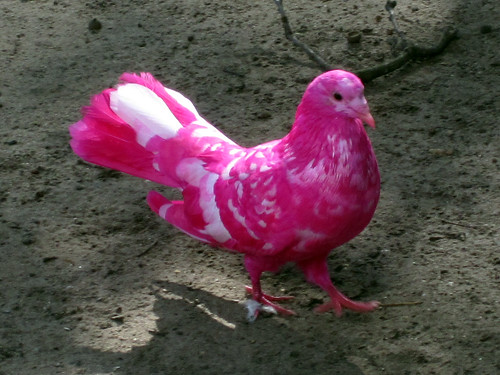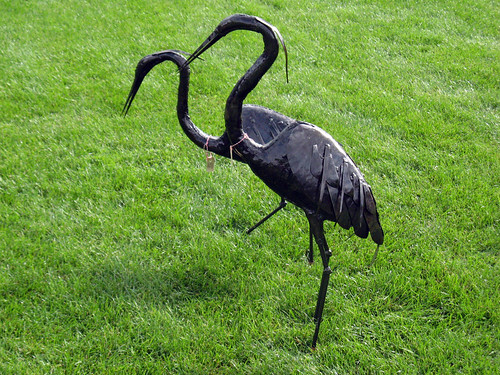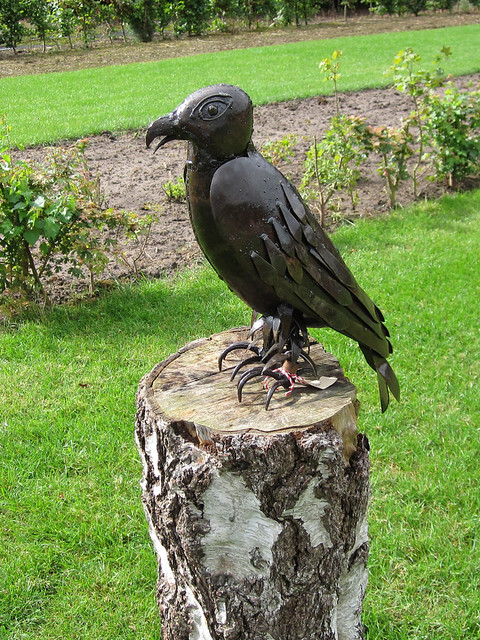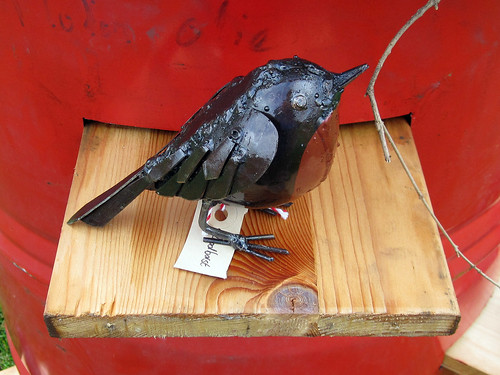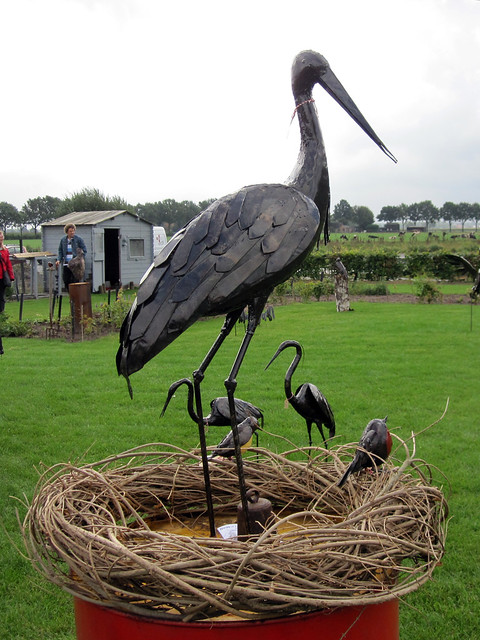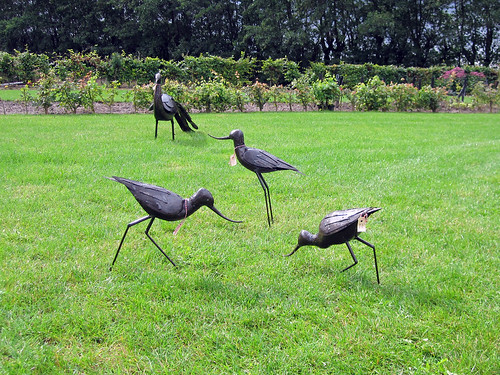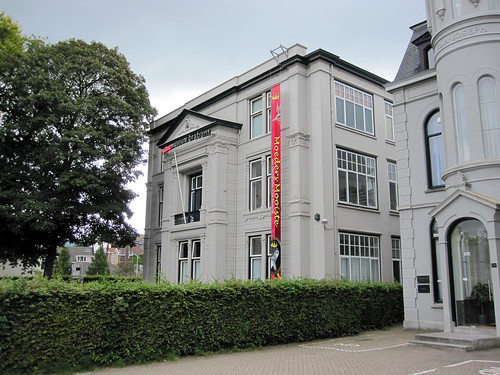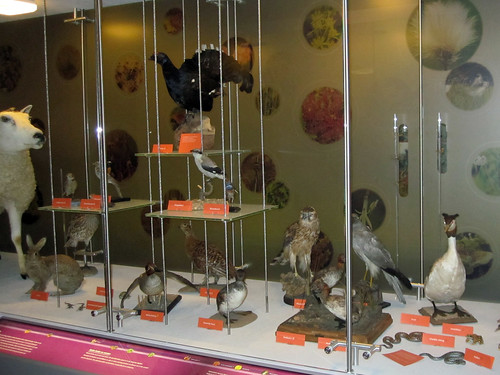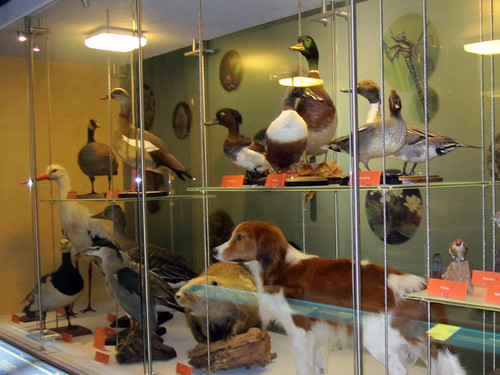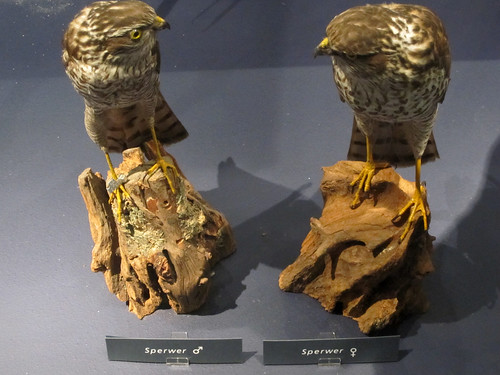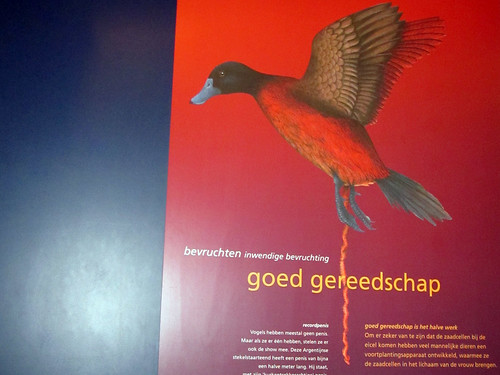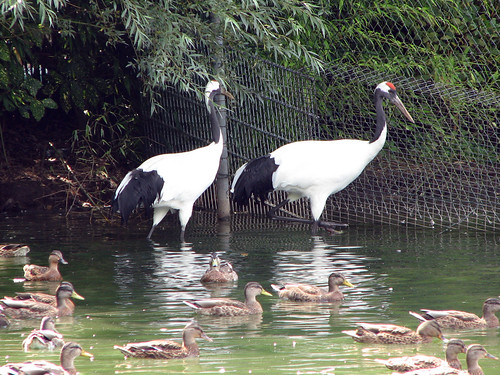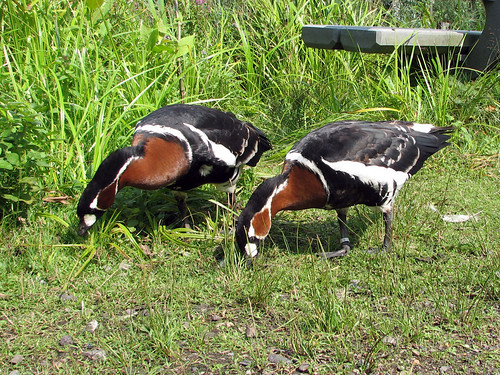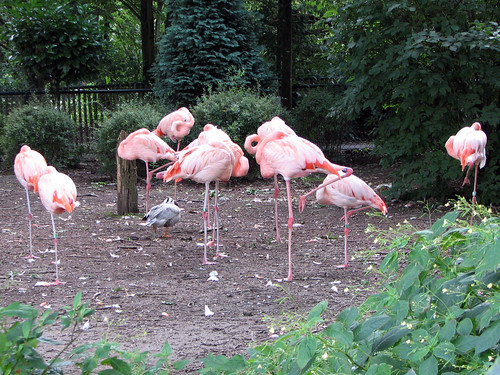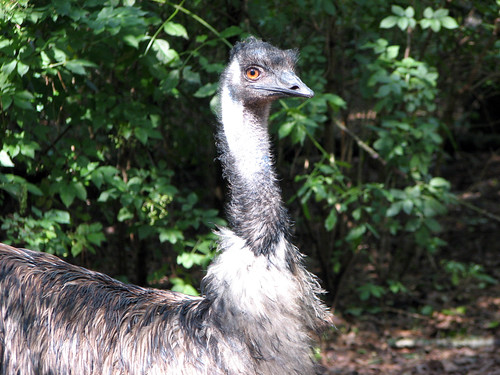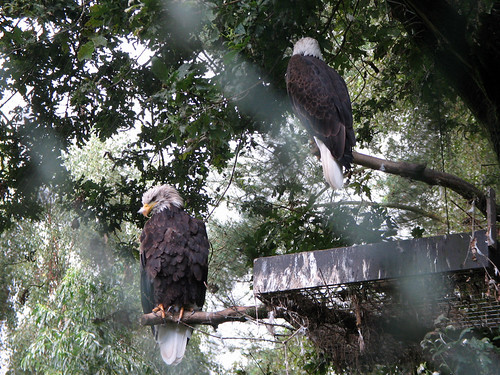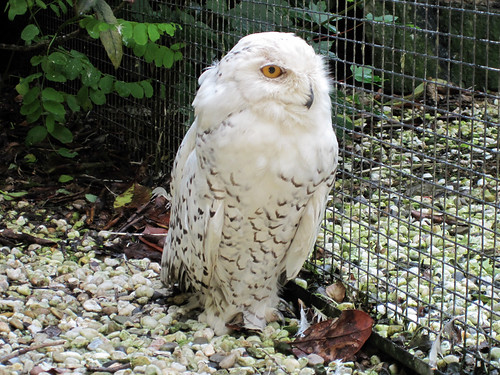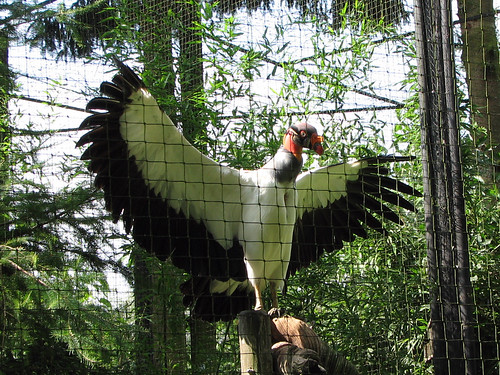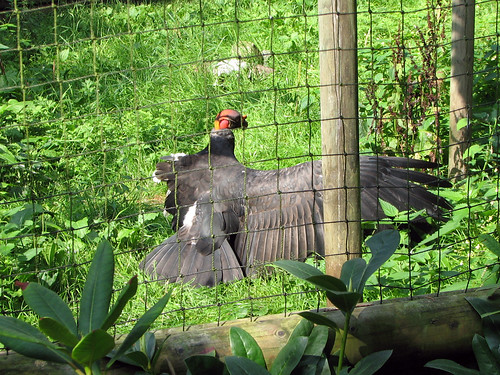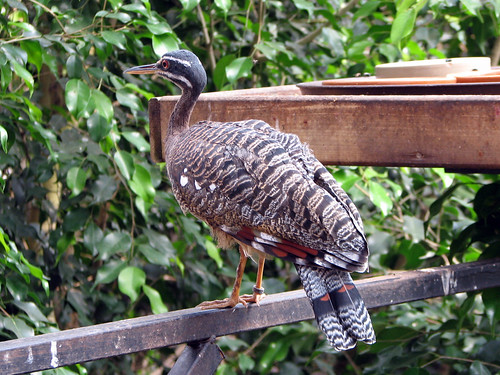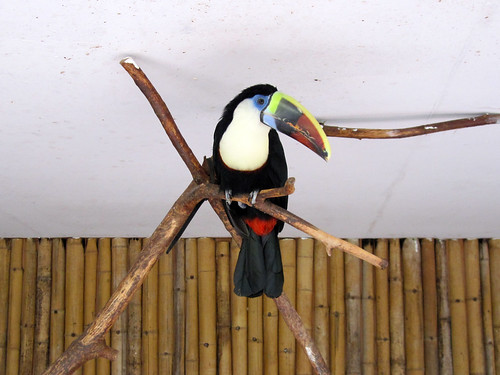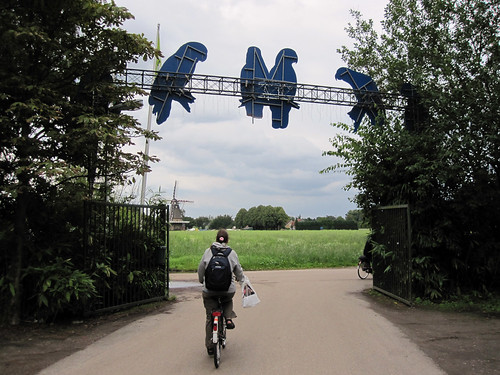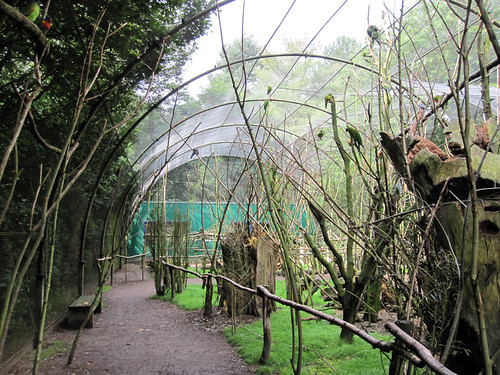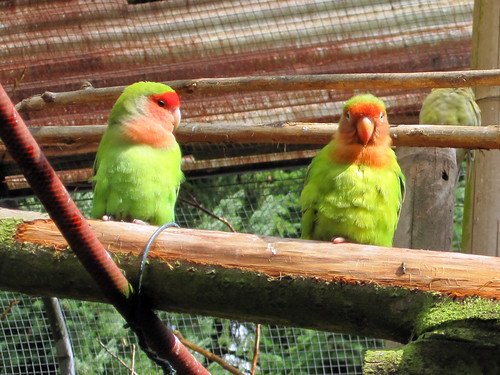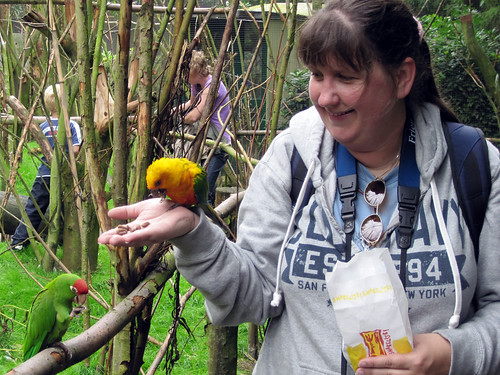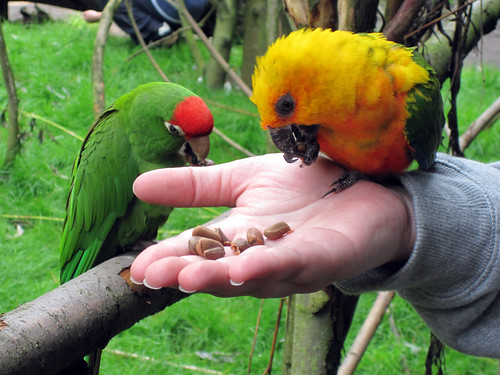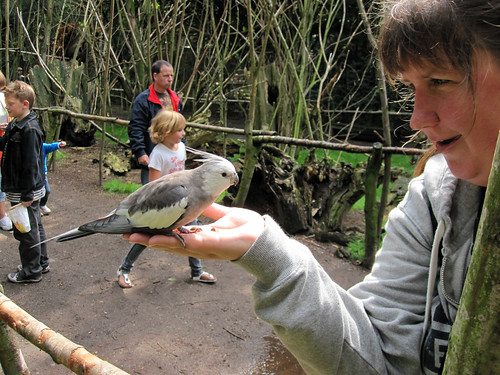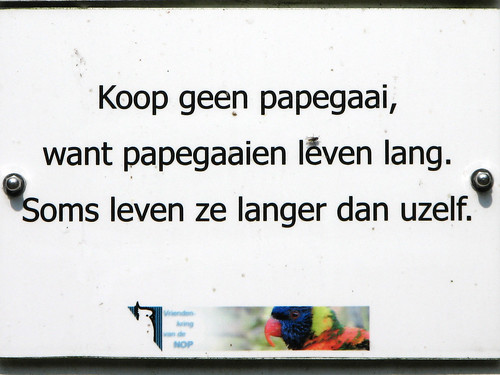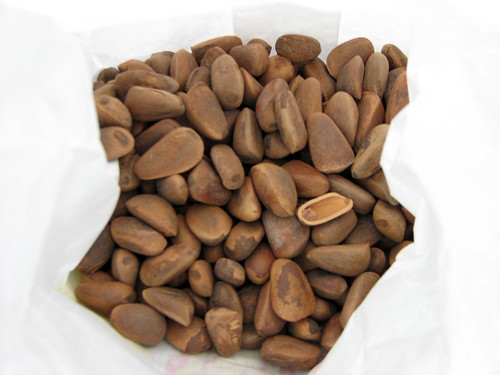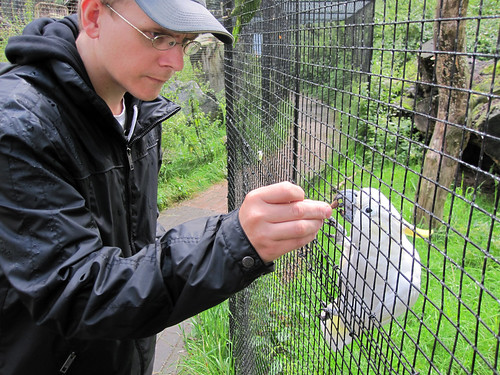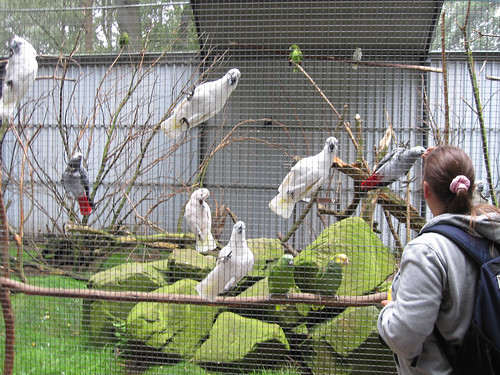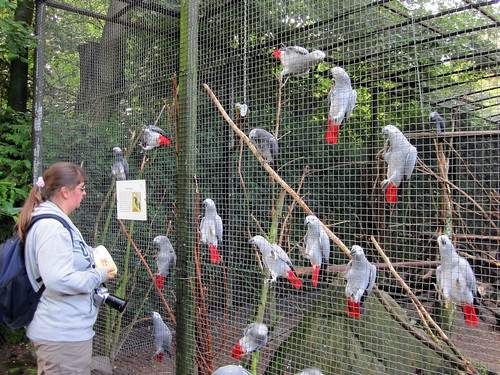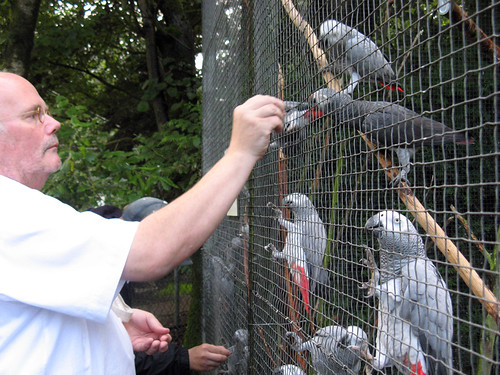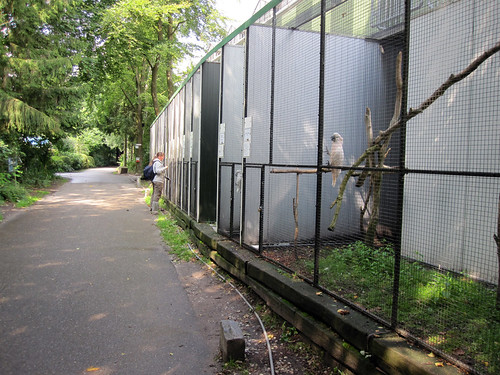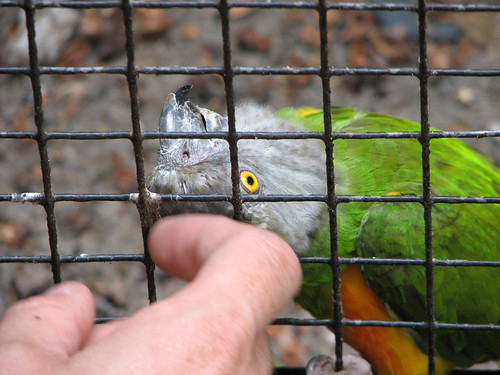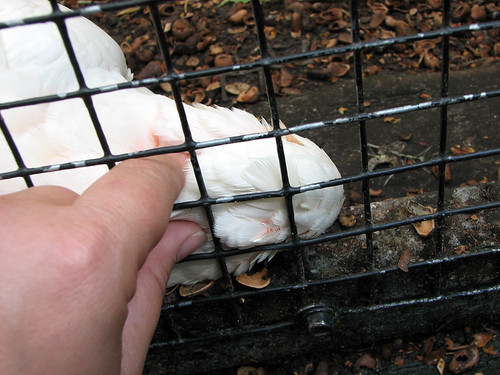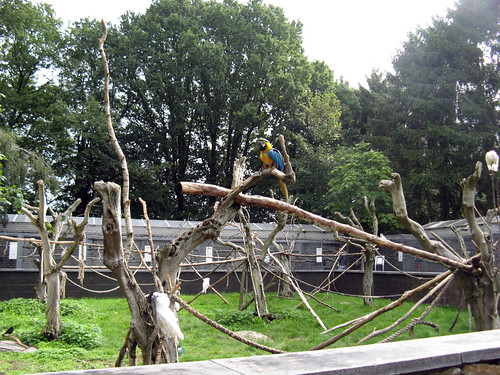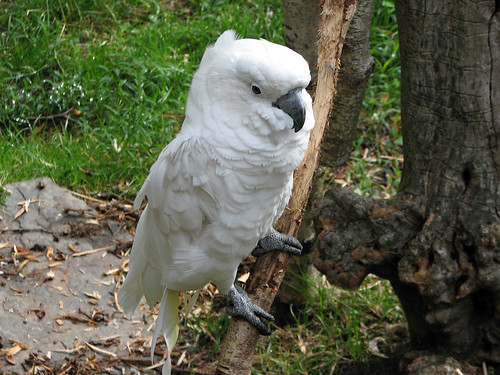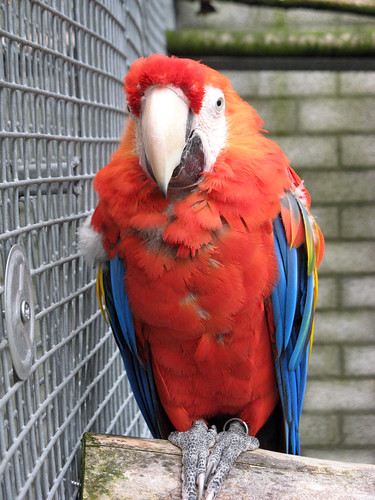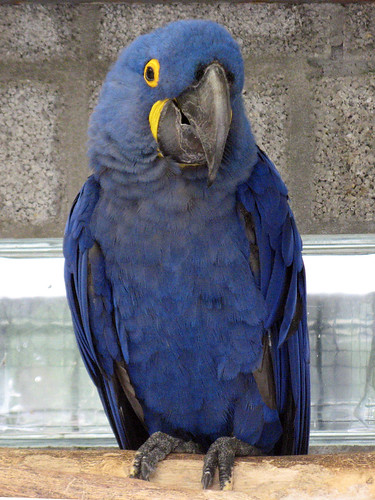Falcons, Herons & Owls, oh my!
It’s March, which means it’s again the time of year when I give a little plug for my favorite nestcam website. Earlier this month, the nestcams over at the Dutch site Beleef de Lente started up for the spring nesting season.
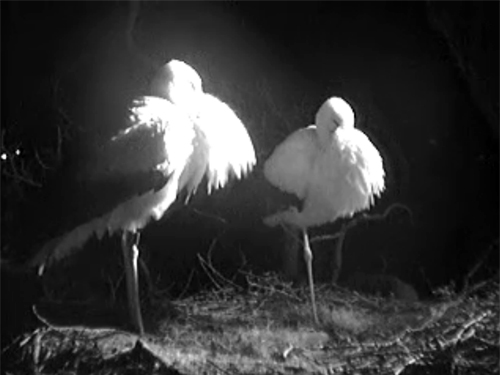
Storks sleeping on one leg at the nest site.
For the 2011 season the site will have live streaming cams on the following Dutch nesting bird species:
Little Owl (Steenuil)
Eurasian Eagle-owl (Oehoe)
White Stork (Ooievaar)
Barn Swallow (Boerenzwaluw)
Eurasian Nuthatch (Boomklever)
Common Kingfisher (IJsvogel)
Purple Heron (Purperreiger)
Peregrine Falcon (Slechtvalk)
The kingfisher, heron and falcons are new for this year, although Common Kingfishers and Peregrine Falcons have been featured on the site before.
Remember the time difference (the Netherlands is GMT +1) when you have a look at the cams. The owl cams will probably be more active at night. Just this afternoon I had a look at the cams and saw a Peregrine Falcon snoozing outside the nest box, and both White Storks asleep on the nest. The Eurasian Eagle-owl began incubating just today. The swallow and heron cams have yet to start up, but all of the other cameras have seen birds visiting the nest sites, though no eggs have been laid so far.
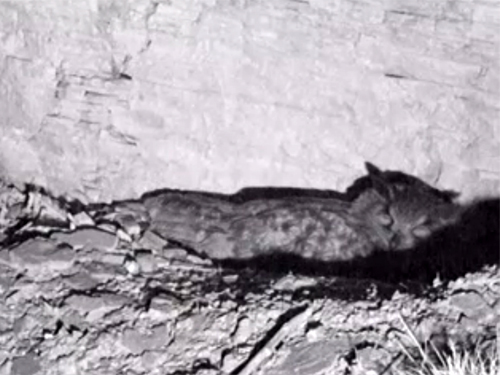
Eurasian Eagle-owl incubating at her nest
I love these cams for a few reasons.
1. There are eight different cams available via one website.
2. Several of the nests have multiple cameras on them, so you can follow the birds as they move from view to view.
3. The cams are live streaming, with sound! None of this picture-refreshes-every-10-seconds nonsense. You see it all!
4. Archived clips of nestcam highlights. You don’t have to be fluent in Dutch to click through the clips to see amazing captures from the cams.
5. If you can read Dutch, the written regular updates by species-specific experts are great at explaining what is going on at each nest site.
If you have the chance, visit the Beleef de Lente site and visit some European nesting birds!





